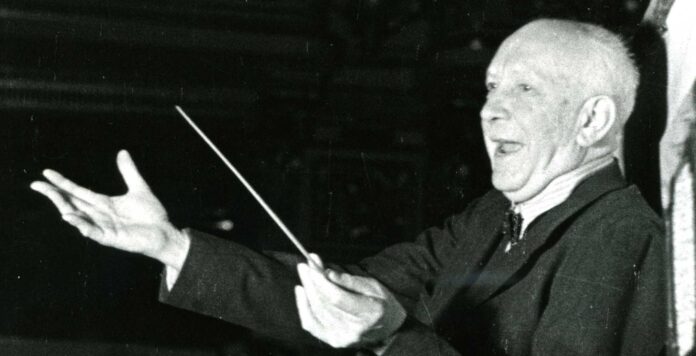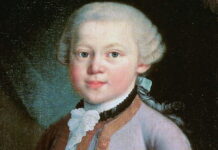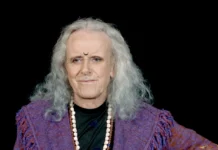Richard Strauss (1864-1949) was a German composer and conductor who is widely regarded as one of the greatest composers of the late 19th and early 20th centuries. He is best known for his operas, tone poems, and orchestral works, which showcase his mastery of musical form, harmony, and orchestration.
Operas
One of Strauss’ most famous works is his opera “Der Rosenkavalier,” which premiered in 1911. This comedic opera features a love triangle between an aging noblewoman, a young baron, and a charming cavalier, and is widely considered one of Strauss’ greatest works.
Another notable opera by Strauss is “Salome,” which was first performed in 1905. This opera is based on the biblical story of Salome, who dances for King Herod and demands the head of John the Baptist as a reward. This opera is renowned for its lush and exotic score, which features Strauss’ signature use of chromatic harmonies and orchestration.
Tone Poems
Strauss was also a master of the tone poem, a type of orchestral work that tells a story or describes a scene without the use of words. Some of his most famous tone poems include “Also sprach Zarathustra” (Thus Spoke Zarathustra), “Till Eulenspiegel’s Merry Pranks,” and “Don Juan.” These works are known for their inventive use of orchestration, intricate themes, and powerful climaxes.
Orchestral Works
In addition to his operas and tone poems, Strauss also composed a number of orchestral works, including symphonies and suites. Some of his most notable orchestral works include “Sinfonia Domestica,” which was written for the composer’s family, and “Metamorphosen,” a work for 23 solo strings that was written in response to the destruction of Germany during World War II.
Conclusion
Richard Strauss was a master of musical form, harmony, and orchestration, and his works continue to be widely performed and loved by audiences around the world. From his operas and tone poems to his orchestral works, Strauss’ legacy as a composer is one that will be remembered for generations to come.
Views: 66






